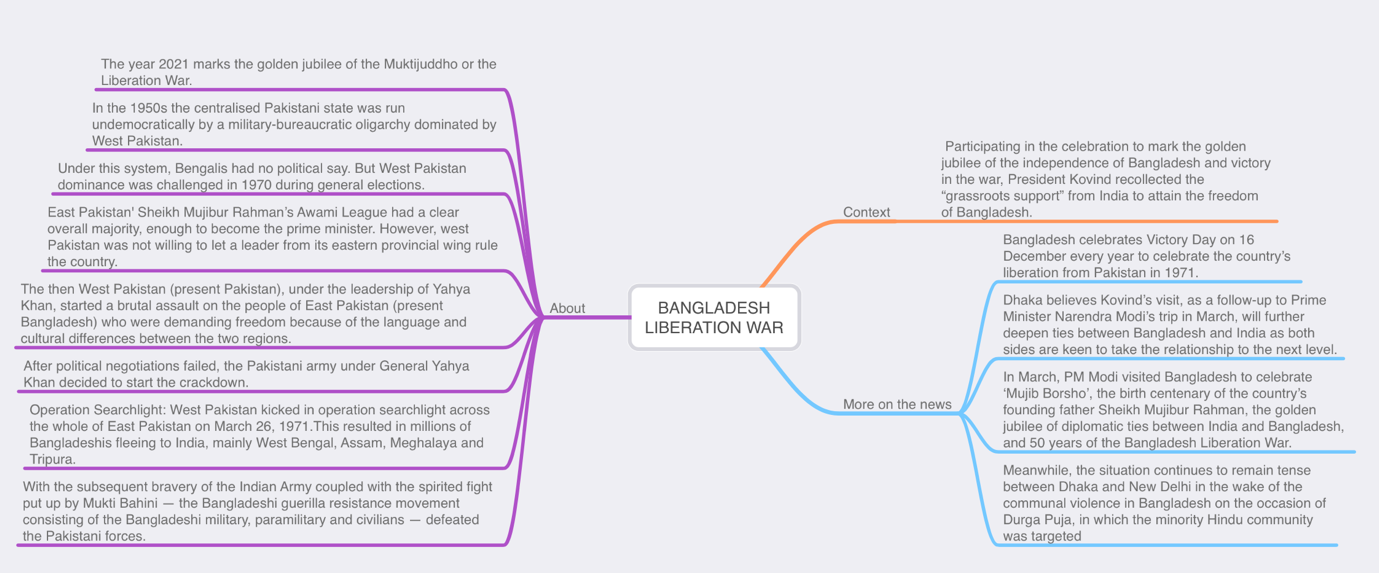Free Courses Sale ends Soon, Get It Now


Free Courses Sale ends Soon, Get It Now


AIR SPOTLIGHT: HIGHEST CIVILIAN AWARD OF BHUTAN CONFERRED TO PM MODI
Context:
Background of relations:
Bhutan’s Significance to India:
Challenges:
Way Forward:
https://mea.gov.in/Portal/ForeignRelation/Bhutan-2021.pdf
PRELIMS SPECIAL: NEWS IN BRIEF
Green Hydrogen Microgrid Project
The State of Foundational Literacy and Numeracy
‘Agni P’ Ballistic Missile

© 2024 iasgyan. All right reserved